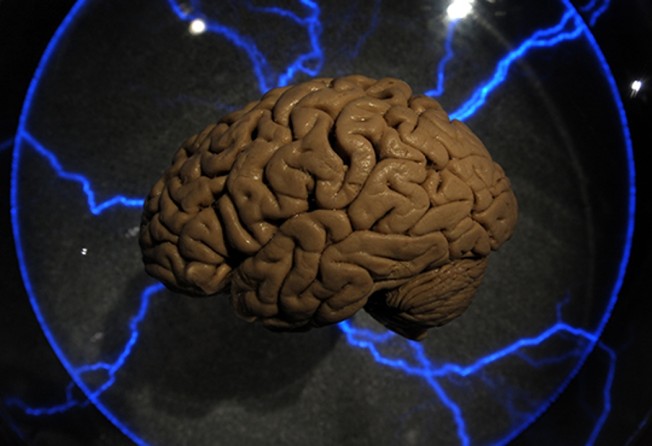Why do our brains look like giant wrinkled walnuts? Western scientists solve biological riddle
Brains of human foetuses are smooth for first 20 weeks, before ‘folding’ begins

The deep folds that give the adult human brain its wrinkled walnut appearance were Mother Nature’s solution to fitting a large, powerful processor into a small skull.
Like a piece of flat, square paper crumpled together to fit into a small, round hole, folding allows more neurons to be packed closer together, with shorter, faster connections between them.
Print option is available for subscribers only.
SUBSCRIBE NOW